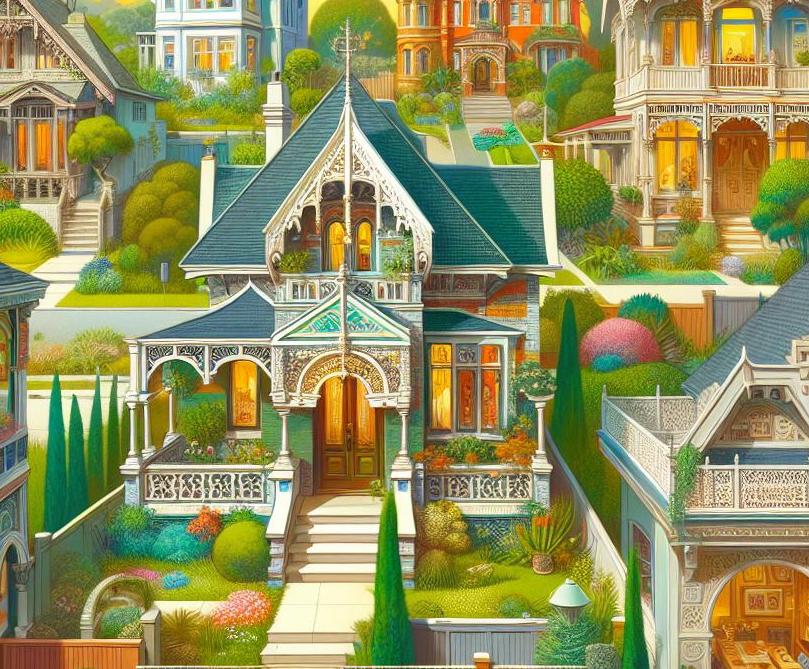Craftsman Bungalow Home Styles
The Craftsman Bungalow, an architectural style that emerged in the early 20th century, represents a departure from the ornate and elaborate designs of the Victorian era, favoring simplicity, craftsmanship, and natural materials. Inspired by the Arts and Crafts movement, which emphasized handcrafted quality and the beauty of natural materials, Craftsman Bungalows are known for their low-pitched roofs, wide eaves with exposed rafters, and large front porches supported by thick, tapered columns.
These homes typically feature a front gable or a cross-gabled roof and are often constructed with wood, stone, or stucco exteriors. The design of Craftsman Bungalows focuses on creating a harmonious relationship with the surrounding environment. Interiors are characterized by open floor plans that maximize space and functionality, built-in furniture such as bookcases and window seats, and extensive use of natural woodwork. Hardwood floors, beamed ceilings, and handcrafted stone or tile fireplaces are common features, contributing to a warm and inviting atmosphere. Large windows, often with divided lights, allow for ample natural light and a connection to the outdoors.
The aesthetic of the Craftsman Bungalow is both functional and artistic, emphasizing the beauty of simplicity and the skill of the artisan. Many Craftsman homes also include decorative elements such as art glass windows and custom light fixtures, further enhancing their unique charm. This architectural style gained popularity in the United States through pattern books and magazines, making it accessible to the average American homeowner. The Bungalow’s practical design, combined with its aesthetic appeal, made it a popular choice for middle-class families. Today, Craftsman Bungalows are highly sought after for their timeless design and historical significance.
They are cherished for their solid construction, thoughtful details, and the way they embody the principles of the Arts and Crafts movement. Whether in original form or thoughtfully restored, these homes continue to offer a blend of beauty, functionality, and a connection to the past, making them a beloved part of America’s architectural heritage.
 |
 |
 |


